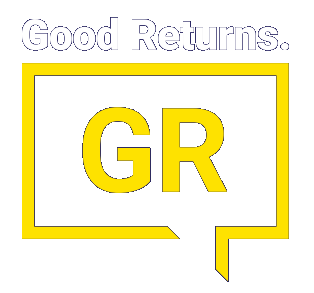Next big issue for mortgage advisers
The question hovering on mortgage advisers’ lips is when they should start pointing clients to longer fixed interest terms on their mortgages.
Friday, February 7th 2025, 10:39AM
by Sally Lindsay

The question hovering on mortgage advisers’ lips is when they should start pointing clients to longer fixed interest terms on their mortgages.
New Zealand’s mortgage book has 81% of borrowers on short-term fixed rates of less than a year in anticipation of another 120-125 basis points cuts to the OCR over the next six months.
Kiwibank economists Jarrod Kerr, Mary Jo Vergara and Sabrina Delgado in their most recent podcast say they are fielding a lot of questions from advisers and real estate agents on when it will be the right time to start locking in longer terms of two years plus.
In chief economist Kerr’s opinion, not yet. “We’ve got to see the RBNZ’s predicted OCR rate cuts this year coming through and then economists like us calling the end of the cutting cycle to coincide with people going okay, there's no more rate cuts.
“Borrowers will say ‘I’m not taking a bet with a six-month rate, I will take a look at a two-year rate now’.”
Kerr says the two-year rate will by then be one of the more attractive options on the interest rate curve.
Delgado says it helps that many economists are being vocal about how many rates cuts there will be and how much the RBNZ will possibly cut. 
That has not always the case.
Before the global financial crisis (GFC), only 40% of borrowers were fixed for less than a year. Borrowers wanted two- to three-year fixed rates. They learned the hard way that hurts in a downturn, Kerr says.
The RBNZ was forced to cut aggressively in 2008 and all the way through 2009 taking the cash rate from 8.25% to 2.5%.
“Borrowers on two-year fixed terms were stuck, and it was frustrating from the RBNZ’s perspective as it took too long for the cuts to feed through into the economy. This time around it is not a problem.”
With many households on short-term fixed rates, monetary policy is going to work with a six to 12-month lag instead of the traditional 18-months to two years.
 Delgado says the lag was because the transmission into the economy of previous cutting cycles took too long.
Delgado says the lag was because the transmission into the economy of previous cutting cycles took too long.
“Because a huge percentage of borrowers are on short, fixed terms, by the second half of this year we should see the rate cuts feed through to the economy and that should mean more disposable incomes for households.”
Wholesale rates
The next discussion is going to be what does this do to wholesale interest rates, Kerr says. “When people are fixing for six months we've got offsetting term deposits around the same time. So, we don't need to hedge that six-month rate, but we do need to hedge a two-year rate.”
And to hedge a two-year rate, that's basically an economist saying that we go out into the wholesale market and fix a two-year rate. “So, we pay the two-year fixed swap rate when we get that flow. What that does is you have banks positioning the same way, and that can actually force the wholesale interest rate market up on the back of bank fixing alone.”
Kerr says it has been seen it plenty of times in the past. “This time it will be even more interesting because not only will interest rates bottom but we will also see wholesale rates push on the back of some mortgage fixing.”
That will make the two-year rate the favoured space again, he says.
| « [Opinion] Get your clients finances in shape for the New Year | Shifting the dial on good advice » |
Special Offers
Comments from our readers
No comments yet
Sign In to add your comment
| Printable version | Email to a friend |



